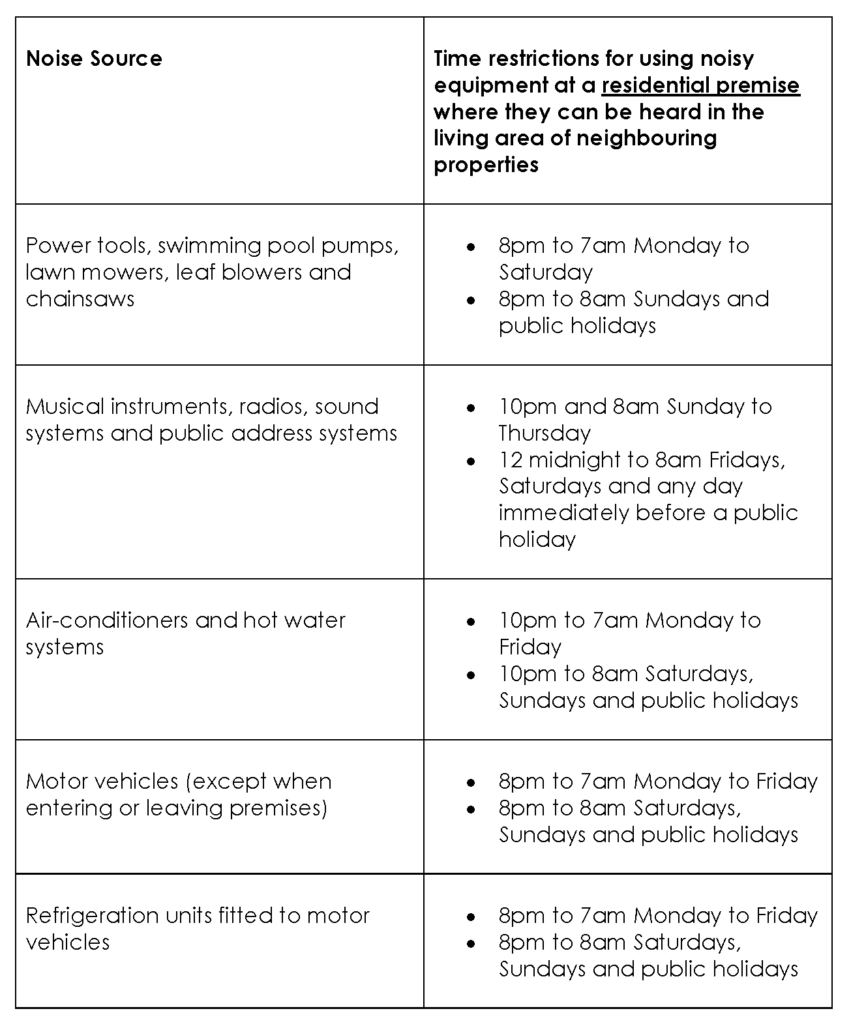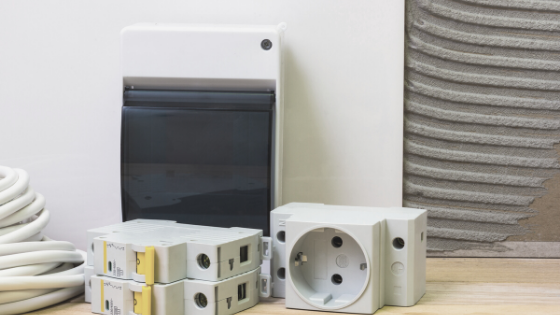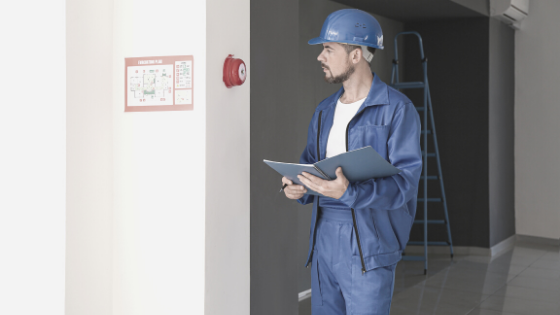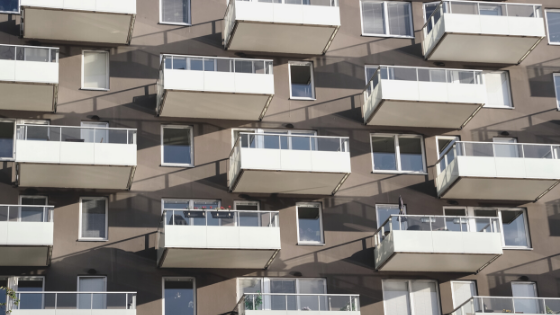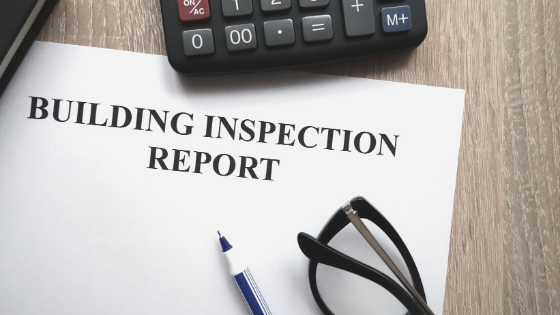
Acceptable Noise Levels in Strata Schemes
Noise issues are one of the most common complaints in strata schemes.
Minimising noises that may disturb your neighbours is more than just courtesy, it is also enforced by specific time restrictions by your local council.
If you’re currently dealing with a noisy neighbour, rest assured that noise issues can be resolved and there are a number of resources and support bodies that you can turn to for assistance.
Time Restrictions
Knowing the time restrictions imposed by your local council is a key first step, should you encounter a noise issue in your strata scheme.
The following time restrictions are outlined by City of Sydney. While most local councils impose similar restrictions, be sure to check the website of your local council for the time restrictions specific to your local area.
Communication is key to health community living, if you have approved renovations, it is always good practice to inform your neighbours that you are planning to complete some noisy works between certain hours. By communicating this information it helps your neighbours plan there day to avoid such disturbances.
Resolving Noise Issues
City of Sydney recommends that you attempt to contact your neighbour (person or business) either in person or via mail to inform them of the issue and seek a resolution before taking formal steps to complain.
In most cases, noise issues are often quickly resolved if dealt with in a respectful and tactful manner.
However, in situations that have escalated, there are a number of avenues available to you, should you require outside support or mediation.
The Strata Schemes Management Act (2015) outlines a dispute resolution process for strata schemes in New South Wales. As per the legislation, each strata scheme must have a set of by-laws governing noise transmission.
The model by-law in New South Wales stipulates that “an owner or occupier must not make noise at any time within their lot or on common property that is likely to disturb peaceful enjoyment of another resident or anyone using common property”.
If attempts to resolve the noise issue have been unsuccessful, you can speak to the owners’ corporation or the residential tribunal.
If the matter remains unresolved, you can:
- Contact your local Community Justice Centre for free mediation services. To learn more, click here.
- Complete a 10-day noise diary and then seek formal action by City of Sydney (if your strata scheme falls under their jurisdiction)
- Apply for mediation through the NSW Department of Fair Trading. For more information, click here.
The NSW Environment Protection Authority offers a range of free resources regarding common noise complaints, including neighbours, alarms and motor vehicles.
You may also seek a noise abatement order under law through the NSW EPA website. To find out more, click here.



